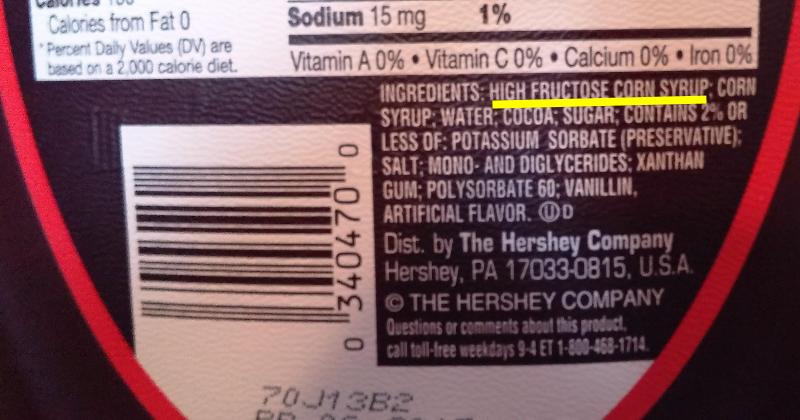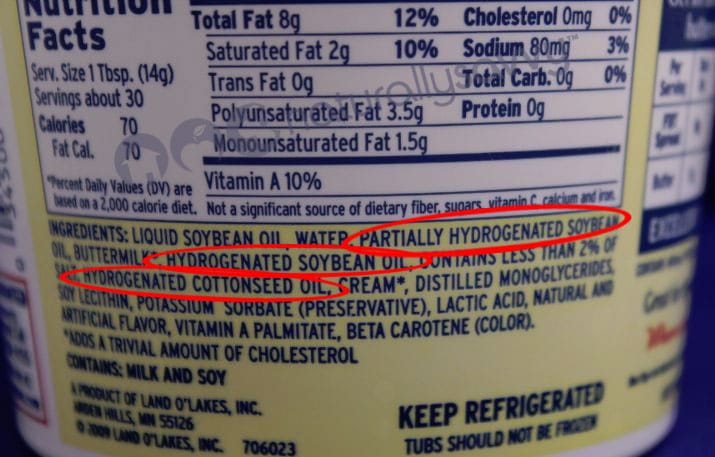|
SEARCH My Blog (Opens in new tab)
If cutting them out is impractical, try this alternative Photo by Anton Eprev on Unsplash The association between Ultra Processed Foods (UPF) and poor health outcomes is well established, even if the mechanisms are not. A recent global study identified the principal components of UPFs that are most negatively associated with those health consequences. If we know what those components are, then we can take steps at an individual level to improve the quality of our diet. There were two clear answers which we can use to inform our choices. When we're talking about Ultra Processed Foods, we typically mean baked goods - such as dessert mixes, packaged cakes, packaged pastries - breakfast cereals, instant noodles and ready-made meals. In drinks, UPFs include sugary beverages, including sports drinks and sugar-added fruit juices. What's driving the uptake of UPFs?The study, published in August 2020 - "Ultra‐processed foods and the nutrition transition: Global, regional and national trends, food systems transformations and political economy drivers" (in Obesity Reviews) - examined three questions:
The answer to the third question is the "climate change"-equivalent question for UPFs and beyond this summary. In a nutshell, the research identified the macro drivers as the power of (1) the food-growing oligopoly, (2) the food manufacturing giants, and (3) the counterbalance of food labelling and regulation. Rising incomes and aspirations are most strongly associated with increased UPF consumption per-capita, which is why the challenge of reducing consumption is such a formidable one. The first question had clear findings. Growth in UPF consumption is fastest where incomes are increasing the most rapidly. In established economies, Australia and North America have low growth but massive per capita consumption (up to 40-times higher) compared to other regions. It's the answers to Question 2, which provides us with information that we can use to direct our individual preferences. Caloric sweeteners dominate UPF ingredientsWestern diets are high in caloric sweeteners, and since the 1980s there has been a shift from the use of sucrose as the predominant sweetener to high-fructose corn syrup. (This may have important implications for bone, as sugar consumption is negatively associated with mineral balance.) Analysis of the global data revealed that irrespective of country income level, caloric sweeteners comprised the dominant share of ingredients from UPFs. In drinks, sweeteners comprised nearly the entire share of dietary ingredients from UPFs. Caloric sweeteners made up approximately two-thirds of all ingredients supplied from UPFs and beverages combined. The consumption statistics showed a slight drop per capita in advanced markets in beverages but a rise in non-beverage caloric sweeteners. The analysis identified notable changes underway in the beverage sector. Declines in carbonated beverages, especially in high-income countries, have been offset by growth in sports, energy, ready-to-drink teas, and juice drinks with added sweeteners. The study speculates that this is a result of "rising health consciousness among consumers, substitution effects resulting from policy actions targeting sugar-sweetened beverages (SSBs), and more intensive marketing of these categories as beverage companies diversify product portfolios to offset declines in revenue from carbonated beverages". Outcome #1 Individually, we can lift the quality of our diet by paying particular attention to selecting processed food with low levels of sweeteners, and by avoiding sports drinks and other high-sugar beverages. Vegetable oils including solid fats in UPFsVegetable oils are a key ingredient used in UPF manufacturing. The study found that vegetable oil made up a large share of the dietary ingredients supplied exclusively from UPFs, and their use has important implications for health outcomes. This is because solid vegetable fats (a proxy for trans-fats) are supplied almost exclusively via UPFs, and their percentage of our dietary intake is growing. These solid vegetable fats are replacing the healthier fats we used to eat, as we eat a greater portion of UPFs in our daily diet. In particular, the use of palm oil in UPFs has been increasing. That is because UPF manufacturers have sought to replace trans-fats with something less harmful for our health. The most common alternative is palm oil. It's less saturated than butter and contains no trans fat. But just because it's not as bad as trans fat doesn't make it a health food. According to Harvard Health nutrition experts: "palm oil is clearly better than high–trans fat shortenings and probably a better choice than butter. But vegetable oils that are naturally liquid at room temperatures, such as olive oil and canola oil, should still be your first choice". The rise of palm oil as a cooking oil also raises concern in some quarters given the high-levels of 'probable carcinogens' (certain fatty acid esters and glycidol), generated during the refining process (research 2019). Outcome #2 Our health outcomes will be better if we reduce the oil content we are consuming with ultra-processed foods. Just as for sugars, pay some attention to the fat content and choose processed foods with less fat or less undifferentiated "vegetable oil". Unfortunately, under many current labelling regimes palm oil can be labelled in the ingredient list using the generic terms "vegetable oil". One thing you can rely on is that if the oil is good oil, it will be clearly labelled as such. If it is not, then it will be less healthy oil and likely palm oil. Four daily actions to reduce UFP health damageAlthough UPFs appear to contribute more to the 'sweetening' of the global diet, vegetable oil as a stand-alone product and as an ingredient used in UPFs has grown rapidly. What this means in practice is to:
The proportion of "unreal" food in our diet is being displaced by ultra-processed food. It would take a herculean effort to cut it out. But if you can reduce the sweetener content and the vegetable oil content, you will be on the first step of a journey to a more nutritious diet. Good luck. > More posts to help you with EXERCISES > More posts to help you with DIABETES > If you are a @MEDIUM reader my publication Body Age Buster has hundreds of categorised posts which I have written especially for men and women over 50 Follow me on Quora for more health and fitness tips.
If you valued this article >> Follow me Leave a comment >> Share it >> Stay healthy If you have any questions email me and I will get back to you. Latest: get your free customised fitness plan designed uniquely for you.
|
ChoicesSince I was diagnosed at 50 with Type 2 diabetes I've been learning how to do bone-building fitness training which lowers my age. You can too. It's your choice. Walter Categories
All
Archives
May 2023
|


 RSS Feed
RSS Feed



